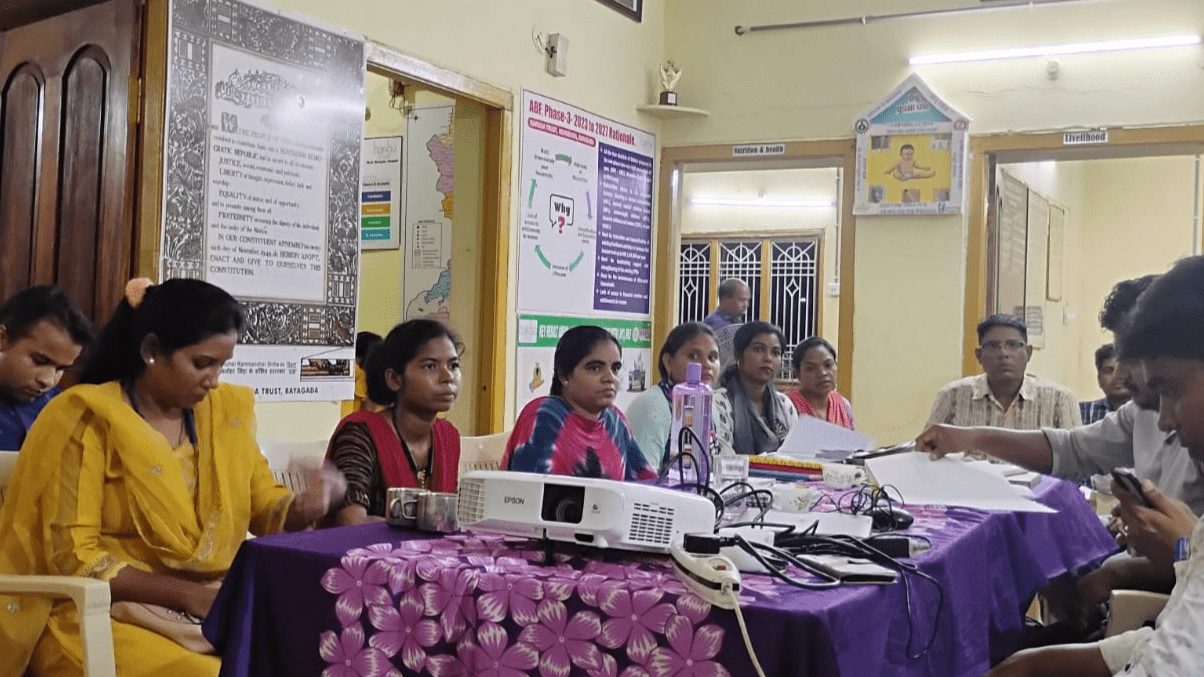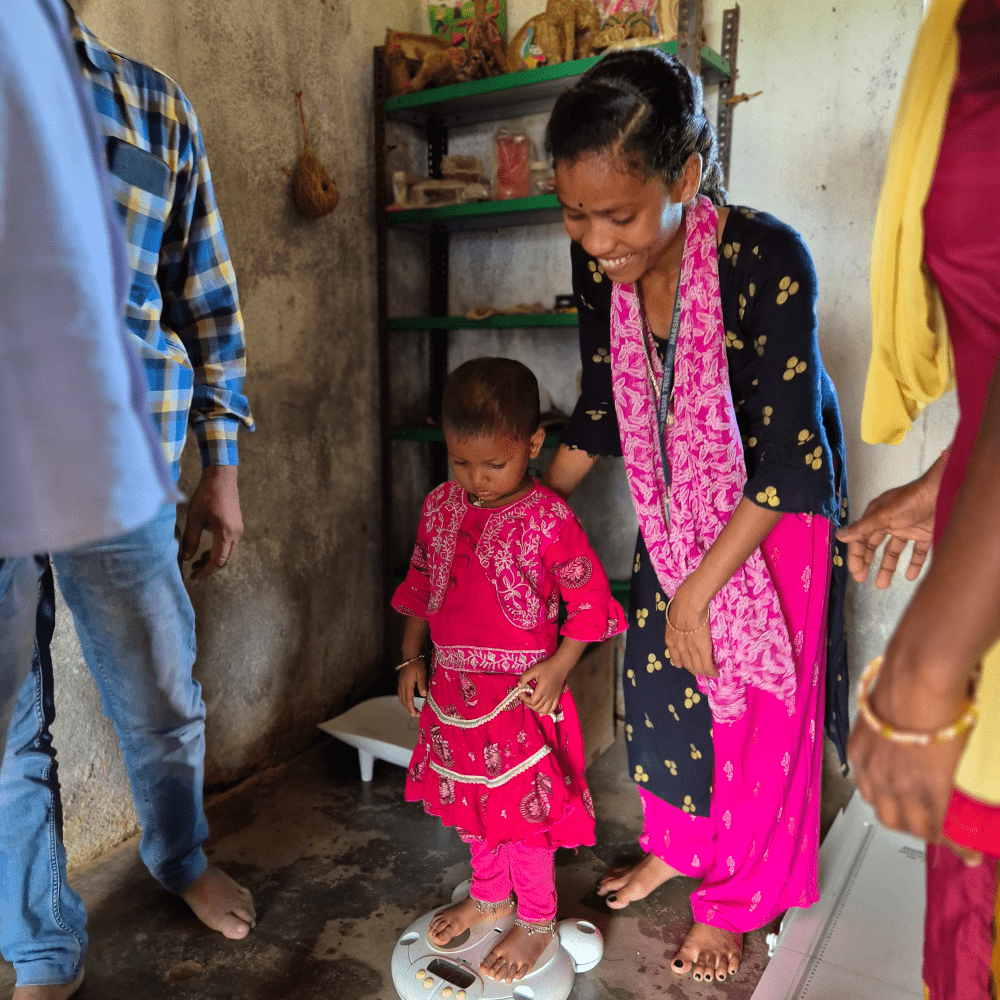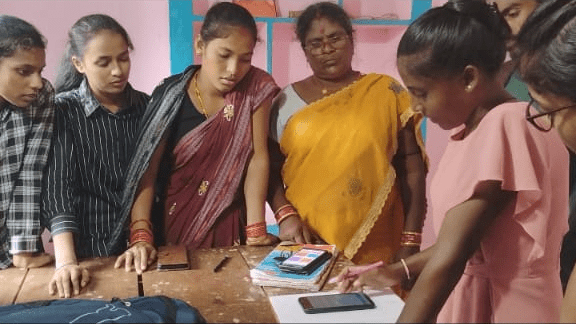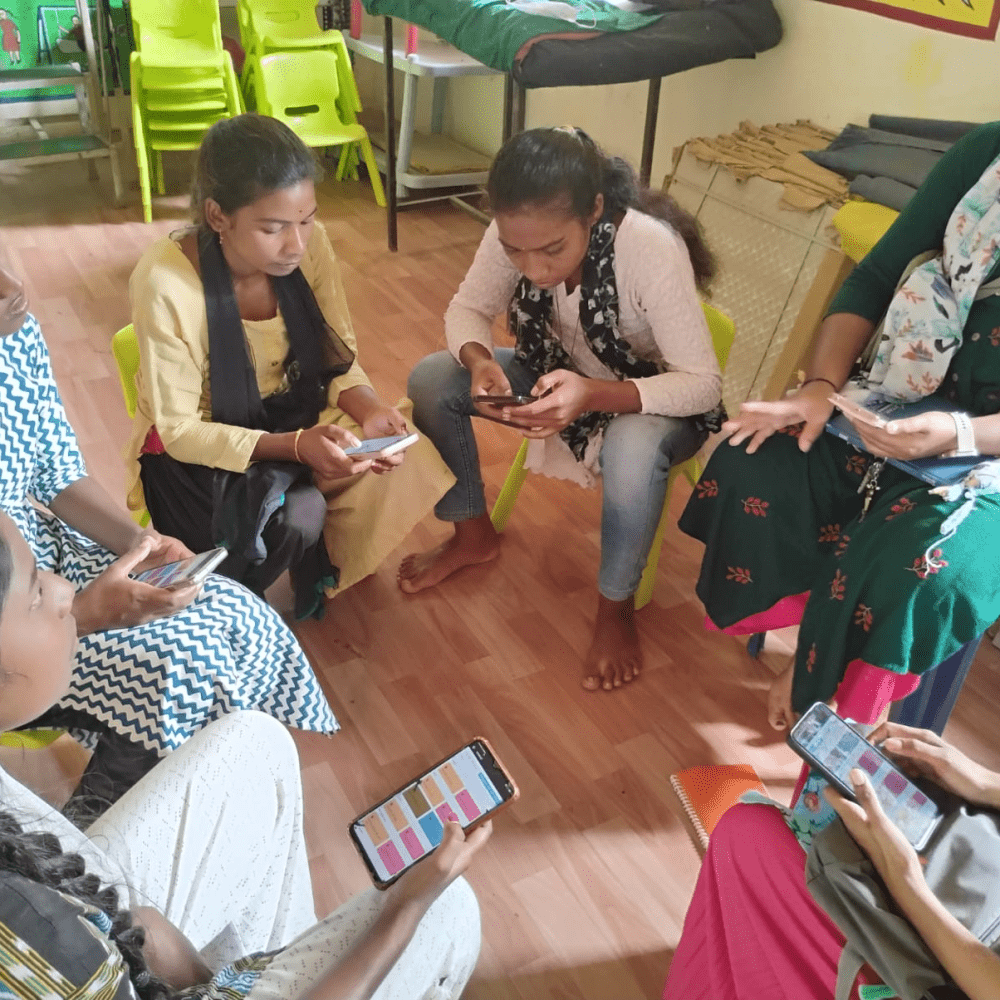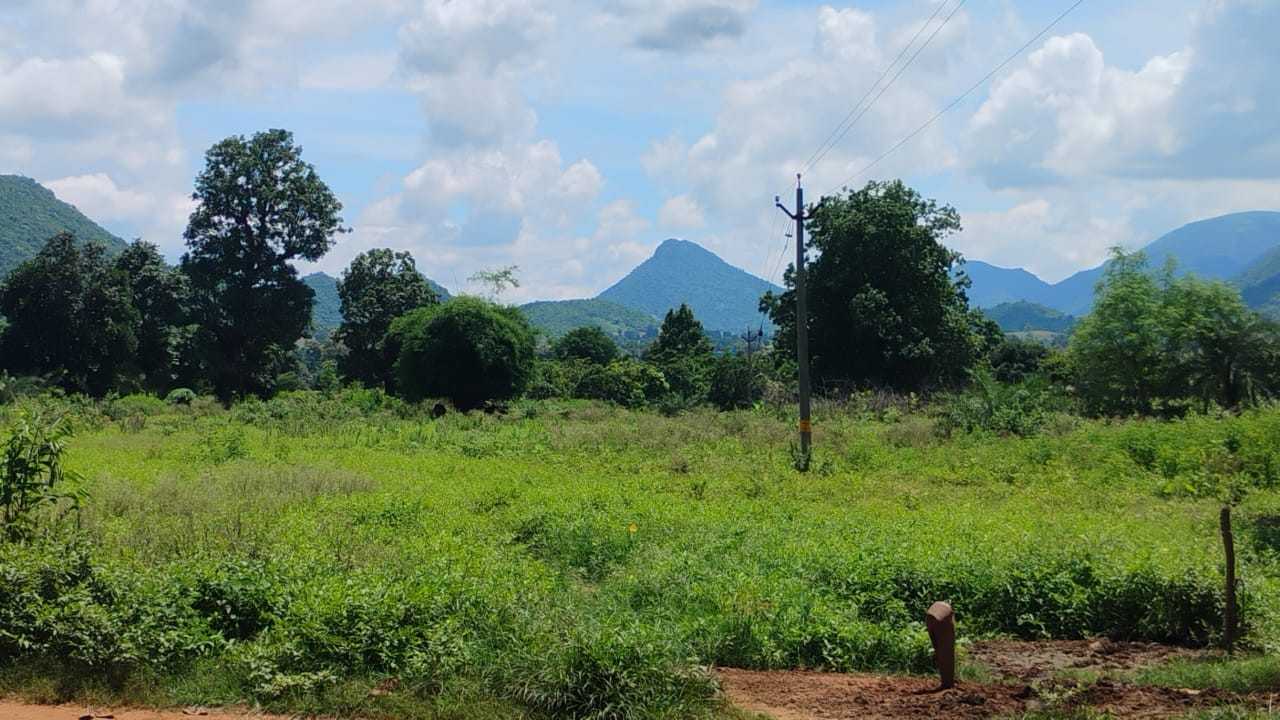My First Field Visit to Harsha Trust - Seeing Avni’s Impact in Action
September 17, 2024 by Shubhamita Kanungo
In my role as L1 Support for Avni, working with APF’s nutrition programs, I recently visited Harsha Trust in Muniguda, Odisha. This visit helped me understand how the Avni app is being used at the grassroots level to support community health and nutrition programs, especially for vulnerable populations like children and pregnant women.
APF and Harsha Team at Nuasahi AWC during a field visit to observe monthly growth monitoring using the Avni app.About APF and Avni’s Role in Maternity and Child Nutrition
The Azim Premji Foundation (APF) has been using Avni to strengthen its Maternity Care and Child Nutrition programs in Odisha since 2022. This initiative focuses on improving maternal and child health outcomes, especially in areas where beneficiaries face geographical and clinical risks. By utilizing Avni, the foundation aims to streamline operations, ensuring that on-ground teams can track government entitlements better, monitor high-risk cases, and provide effective healthcare.
As part of this effort, APF has built a training module for field staff, ensuring they are fully equipped to use Avni efficiently. The app is designed to not only collect data but also empower health workers to take informed actions. This phase represents a critical step forward in improving community health in remote areas of Odisha.
Talking to the Harsha Trust Team
One of the key parts of my visit was meeting with the Posha Sathi, supervisors, and the QRT (Quick Response Team) at Harsha Trust. These individuals use the Avni app daily to monitor the health of children and mothers.
We discussed how the app helps them collect important data like child growth, nutrition status, and pregnancy details. The QRT team shared how Avni makes their job easier, especially by organizing all the data in one place. This allows them to quickly respond to any health issues in the community.
Discussion with QRT users and supervisors about the role of Avni in tracking maternal and child health data.Visiting Villages: Avni in Action
I also had the chance to visit some villages with Poshan Sathi users, who are community health workers of Harsha Trust. It was great to see them using the Avni app on the ground to collect data and check the health of children. They could instantly record important information like weight, height, and nutrition needs, helping them give better care to the families they serve.
Poshan Sathi taking the observation of the height and weight of the beneficiary.I was truly amazed when I met Belarani Adhikari, a Poshan Sathi user with over 20 years of experience as a health worker. Despite her years of service, she showed a deep interest in learning how to use Avni and was even guiding other users. It was truly inspiring to see her embrace technology with such enthusiasm, proving that there’s no age limit to learning new skills.
She also gave me feedback on how Avni Phase 2 is making her work easier. Hearing firsthand how the app helps these workers track health more effectively made me feel proud of my role.
A Poshan Sathi user, alongside Belarani Adhikari, demonstrating an ANC (Antenatal Care) visit to fellow community health workers.Challenges and Successes
Operating in remote areas presents unique challenges, but the offline feature of Avni proved to be a significant advantage. They could continue their work even in places where the internet is not available, and this made sure that every child or mother in need could get help without delay.
The team also told me how they use Avni to track Severe Acute Malnutrition (SAM) cases. In one instance, they identified a child who needed urgent care, and the app helped them act quickly. It was clear to me that Avni is not just a tool for tracking data; it’s a lifeline for these communities.
They have also shared with me the list of challenges they face on a daily basis. One common issue was that the dashboard count didn’t match even though the QRT users were working with the same catchment. After looking into it, I found that they had not synced the app. The issue got resolved once they synced the app. I have also noted some other challenges and have passed them to the concerned team for further action.
Users operating Avni without access to the internet.The Beauty of Muniguda
Apart from the work, I was amazed by the natural beauty of Muniguda. The peaceful surroundings, with green hills and small villages, added to the experience of seeing how the Avni app is helping in such remote areas. It reminded me that even in these quiet places, important work is being done.
This visit made me realize how powerful technology like Avni can be in helping communities. It was fulfilling to see how my work in L1 Support contributes to something that’s changing lives in real time. My role often involves helping users with technical issues, but this visit showed me the real impact our support has on the ground.
Conclusion
My visit to Harsha Trust offered me a fresh perspective on how the Avni app is being used to improve health outcomes in remote areas. It’s more than just software—it’s a tool that helps people receive the care they need.
As I return to my role, I feel more inspired and committed to supporting the teams using Avni to make a real difference.
Special thanks to
- Arjun Khandelwal, Jagdisha Behura, Santanu Bhaumik, Shobana Sivaraman, Ramesh Sahu, the APF and Samanvay teams for making this visit possible.
- Dilip Ku. Basantaray (PM - Nutrition & Health Project), Minakhi Sahu for being my point of contact throughout my stay and assisting me with any queries.
- All the field users for their engaging and productive Q&A sessions.

